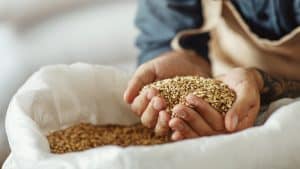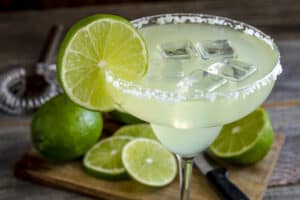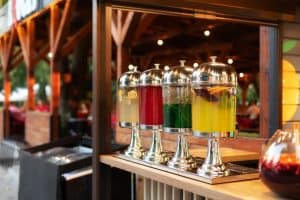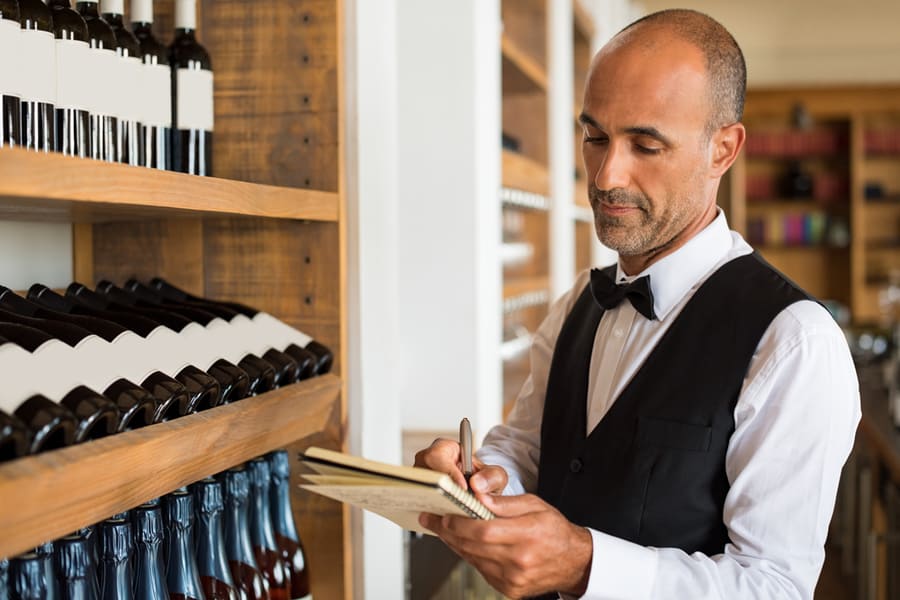
Being a bar owner or a bar manager means you know how important an up-to-date liquor stock level is.
Regular inventory updates are necessary to run a successful bar, and some might even argue that they are the most important factor. But using incorrect methods will give you a false sign of your stockholding.
But how do you measure your liquor bottles for inventory?
You can do it by using visual tenths, measuring with bottle rulers, using an app to measure tenths, weighing your liquor, and using a real-time measurement pourer. These measurements have their pros and cons regarding the accuracy, but the most exact method is weighing and using an integrated inventory system to keep exact records.
We’ll unpack all the measuring methods below and show you their pros and cons so that you can make an informed decision.
5 Methods To Measure Liquor Bottles for Inventory
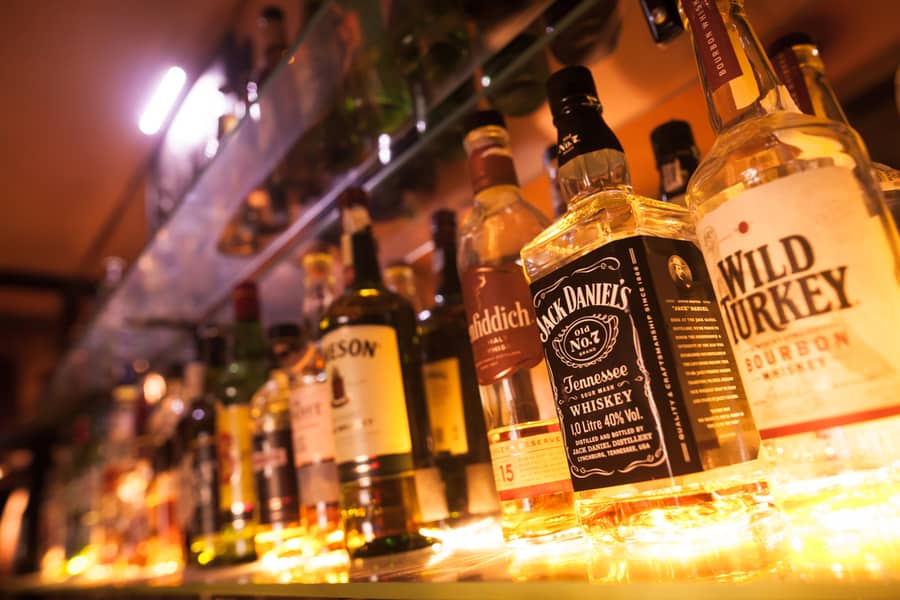
Perhaps the most important factor in measuring your liquor bottles for inventory is properly training your staff in the chosen method. The other is to stick with it and not change it unless you have an excellent reason.
Each method has its pros and cons, and we’ll explore them below.
Some general pointers when measuring liquor bottles for inventory:
- Always count everything twice—once you receive the stock and again at the end of a set period
- Stick with the same time intervals between taking inventory. It can be bi-weekly, every two weeks, or once a month.
- Use the same method for measuring the inventory. Every time.
- Keep accurate records of orders received and stock on hand.
- Do your inventory count when there aren’t customers, and you’re not receiving stock—this eradicates the need to recheck stock.
- Lastly, use a bar inventory management system or software to interpret the data accurately. Alternatively, specialized spreadsheets will also help.
Visualizing Tenths
The most common method is visualizing your bottle divided into ten parts and estimating how full in terms of tenths. A bottle that looks a third full (two-thirds already poured) will be recorded as 3/10 or 0.3 on the clipboard.
This method is subjective and prone to human error. Different employees will also record different readings. Oddly shaped or tapering bottles are even harder to judge.
Honestly, this is not the best use of your employees’ time or resources. Transferring data from a clipboard to a spreadsheet is very time-consuming.
Electronic Tenthing
This is a slightly quicker tenthing method with the help of technology.
By using an app on your mobile phone or tablet to determine the amount of liquor left in the bottle. The app tells you how much is left after you point at the bottle level. It also automatically updates your inventory.
This method eliminates subjective human measuring, but it is still not the most accurate method.
Measuring the amount of product actually used vs. actual pours is still inaccurate, e.g., rare and expensive whiskeys might sell one or two pours in a week and would not equal a tenth of usage.
Bottle Rulers
Using bottle rulers as a measurement method is more exact than tenthing your bottles—you place them on the side of the bottle and mark in both millimeters and ounces.
You match it to the shape of your bottle, and it will show how much liquor is left in the bottle. The rulers measure liquor, and you enter it into a spreadsheet to calculate inventory values.
This proves to be a lot more accurate than just eyeballing and using visual tenths. This way of measuring isn’t perfect because a bottle can fall between measurements, and you’ll have to round up or down.
Weighing Liquor
Using an electronic scale integrated with your inventory management system, you can weigh your bottles to determine the remaining volume. This method will involve some mathematics and conversions if you cannot afford to buy these expensive scales and systems.
This is the most accurate and objective method for measuring liquor bottles. You will know how much product you have before and after your predetermined inventory period.
Real-Time Inventory Systems
A real-time system uses a stopper that calculates how much liquor has been poured from a bottle. This system is the exact opposite of all other systems—instead of measuring what’s left, it measures what is being used.
You can approach this system in one of two ways.
- Either starting with the ‘negative’ (what’s left) and calculating towards the positive (what’s used).
- Alternatively, start with what’s used (negative) and deduct it from what you initially started with (positive).
Customers will see the visible pourers and might think you are stingy when pouring drinks, and it will be a deterrent.
This system is highly objective, and they do automatic calculations as you pour. Because it only measures what they poured, you cannot reconcile it with the received stock, and you will still need to do a physical inventory check.
The setup cost can also be a bit of a problem—you’ll need a stopper for every bottle in your bar—an expensive first cost.
Conclusion
Once you learn how to measure bottles for inventory, you can get a better idea of stock control. You will know which products to order more often and which are dead stock or not selling.
Having stock just sitting is a waste of both money and space. Further, problems like over-pouring will become clear when you measure your stock, and you can figure out if too many free drinks are given away.
How you measure your liquor bottles for inventory is up to you. Once you decide on a method, you’ll need to keep using the same system.
Out of the five methods, weighing your liquor bottles proves to be the most exact and effective method for measuring your bottles for inventory.
When you use software for weighing and measuring bottles for inventory, along with weighing, you get the most accurate inventory.


